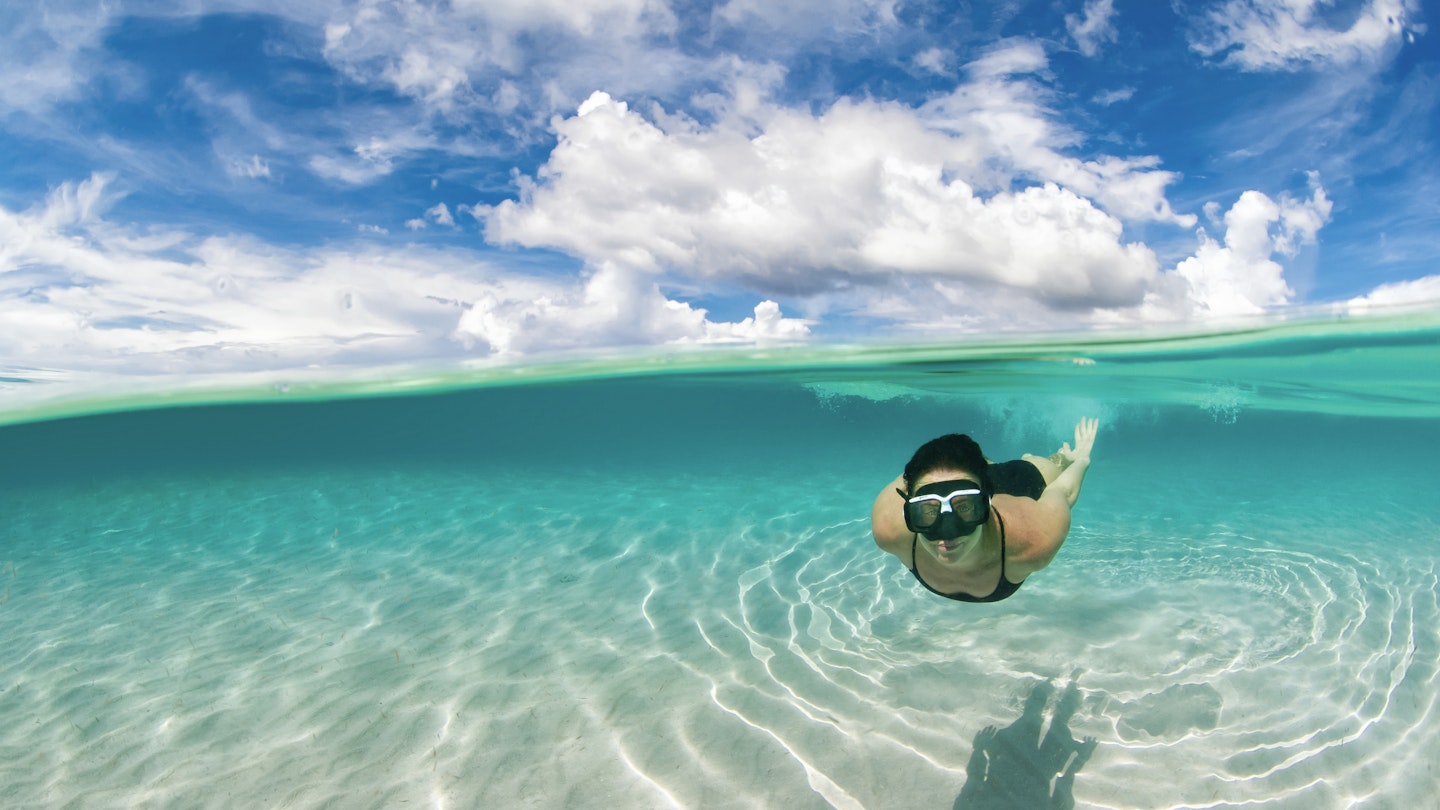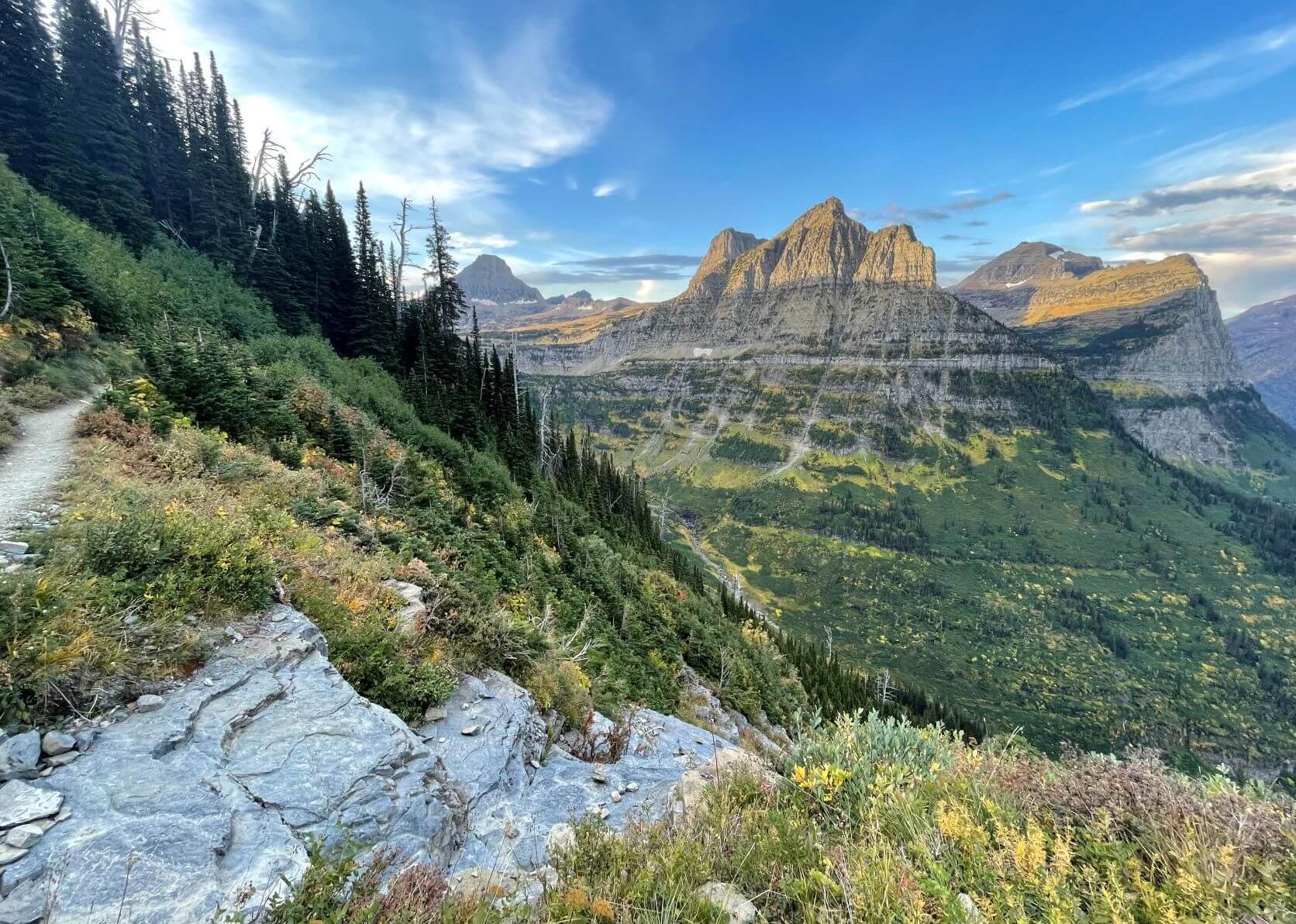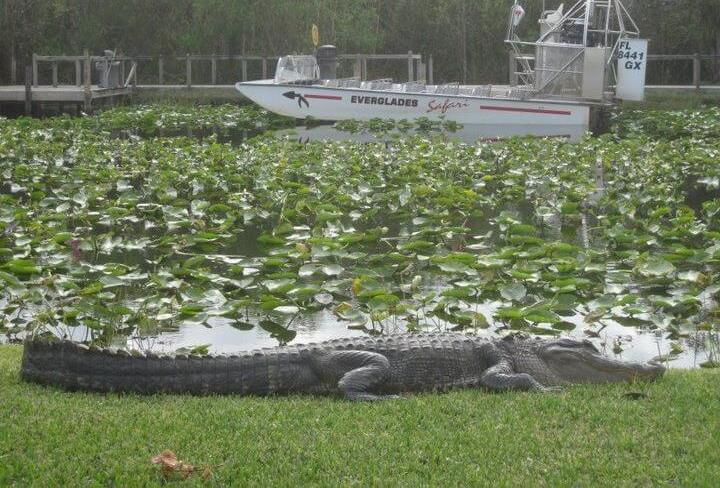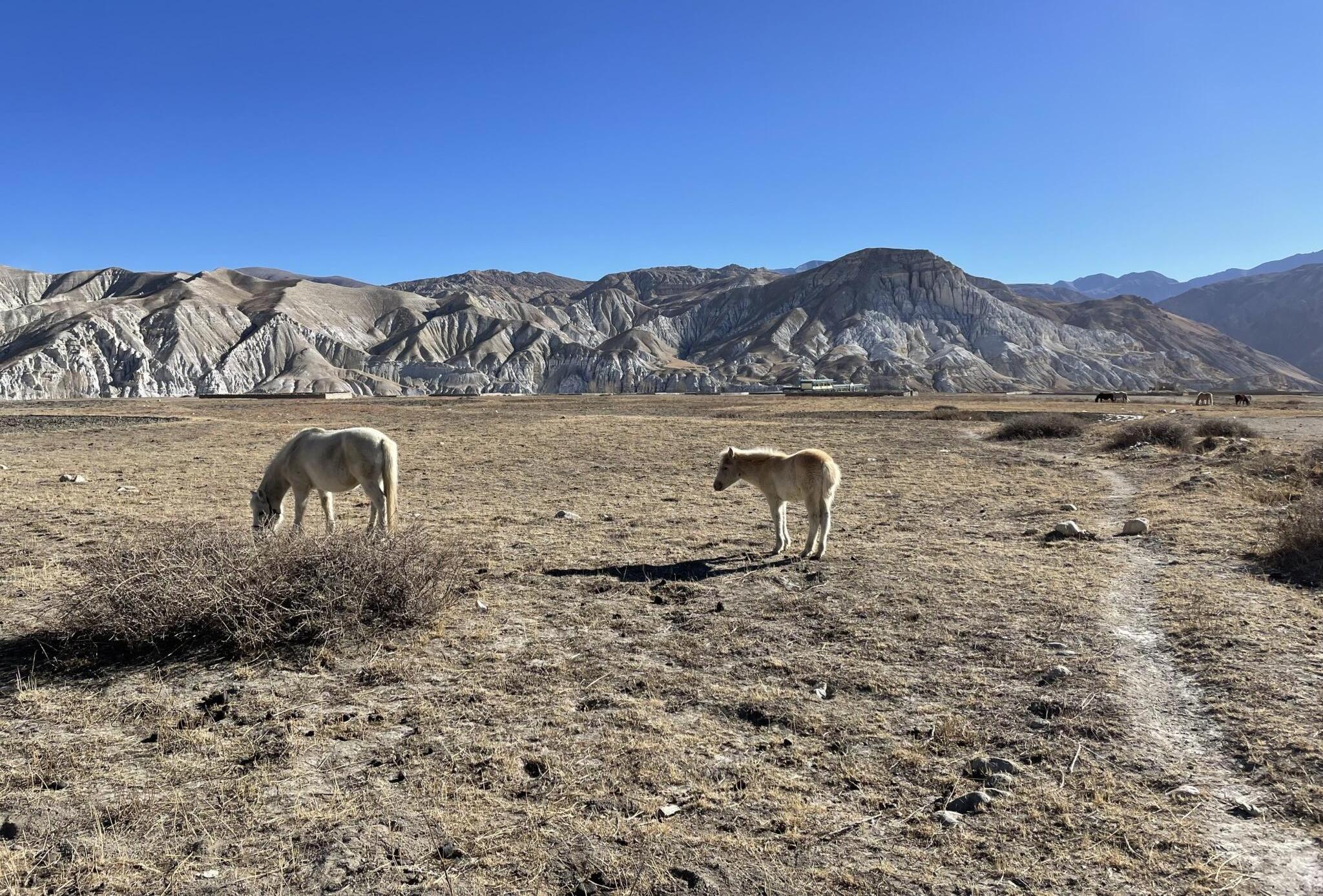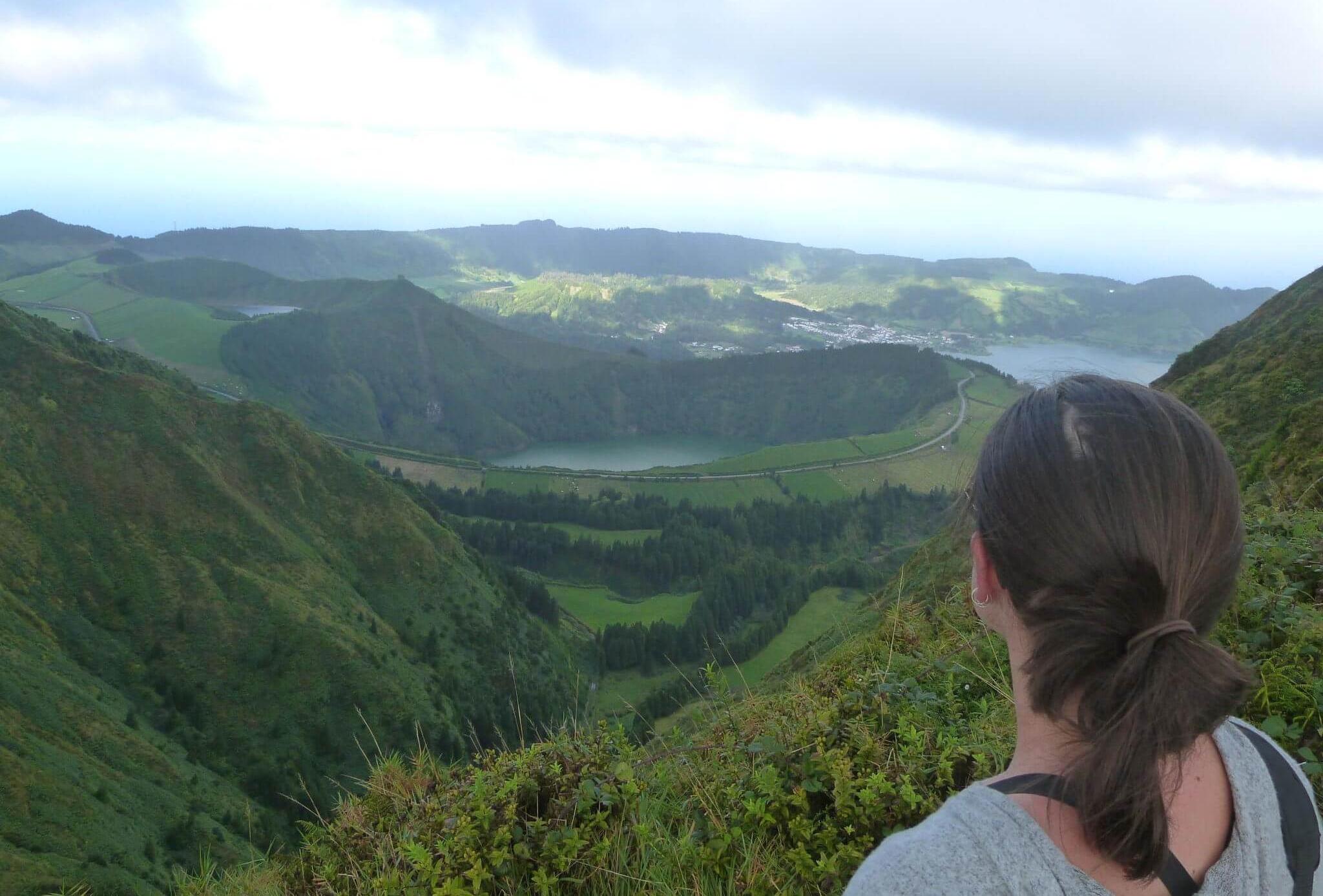Travelers flock to Central America for its beaches, and Honduras, spanning the isthmus from the Caribbean Sea to the Pacific Ocean, boasts some of the best, spread along over 800 km (500 miles) of coastline.
The beaches on Roatán are among the country’s biggest draws, and the island is a world-renowned scuba diving destination and major port-of-call for cruise ships. However, if you’ve got time to beach-hop across the entire country, from the Bay Islands to the mainland, you may enjoy the tranquility of having the shore to yourself, free from the crowds of cruise ship passengers.
Half Moon Bay Beach, Western Roatán
Best beach for nightlife
While they might have similar names, don’t confuse famous West Bay with West End, the beachy area on the north coast of Roatán. Furthermore, these two beach hubs are connected by taxis, water taxis or a 40-minute walk along the coast. Heading north from West Bay, the first hub of tourism you’ll reach is West End, featuring Half Moon Bay Beach, which runs for just 400 m (1312 ft).
You’ll notice a blue flag waving in the wind among the palm trees with the words “Bandera Azul Ecológica” on it. This indicates that this beach is Blue Flag certified, having met stringent standards for safety, accessibility, education, and environmental protection. The beach’s water quality is regularly tested to maintain its Blue Flag status, and despite its proximity to the island’s most vibrant nightlife, the water here remains pristine.
Close by, West End’s Main Street is a lively hub of restaurants and bars catering to locals, backpackers, and expats, including notable spots such as Sundowners, known for live music, and Happy Harry’s Hideaway, located at the end of a pier. The friendly crowd, joined by local families, sets the scene along Half Moon Bay.
West Bay Beach, Western Roatán
Best beach when time is limited
If your time is limited and you are on a mission to find an easy, clean beach to relax on, then this 950 m (3116 ft) stretch of sand on the north coast of Roatán couldn’t be more convenient.
West Bay Beach is lined with beachfront resorts, allowing you to step outside a hotel and immediately feel the soft white sands underfoot. When you’re ready to get more active, you can fit in an offshore snorkel session or scuba dive with a local operator such as West Bay Divers.
Since the Bay Islands were under British rule before returning to Honduras in 1859, most islanders speak English well. However, due to its popularity with tourists arriving via cruise ships or international flights, solitude is often hard to find.
Numerous beachside restaurants cater to a diverse palate, offering local seafood options such as fish tacos or coconut shrimp at The Thirsty Turtle. For a more upscale experience, Luna Muna offers a fine dining experience at the Ibagari Boutique Hotel, with dishes like octopus ceviche and conch carpaccio.
Camp Bay Beach, Eastern Roatán
Best beach for undeveloped beauty
If you ask local Roatanians about their favorite beach, you’ll invariably get the same answer – Camp Bay. Situated in the municipality of Santos Guardiola, which occupies the eastern half of Roatán island, this Blue Flag beach is a popular barbecue spot for locals. Its undeveloped, pristine white sands are flanked by coconut trees, offering a refreshing escape reminiscent of West Bay from 25 years ago, before the rapid rise of the resorts.
Accessing Camp Bay involves traversing the road along the island; the beach is near the northern end. Taxis only operate between towns, requiring travelers to take a series of inter-town taxis to reach Camp Bay, costing around L690 for a round trip from West Bay. Alternatively, hiring a private car or renting a vehicle is a convenient option if you have a few extra dollars.
Given the lack of development at this beach, it’s advisable to bring your own provisions. However, if you’re looking for nearby food or drink, you can visit La Sirena de Camp Bay, a charming bar and restaurant situated on a pier in the nearby village, where children play in the streets away from the bustling tourist scene.
Chepes Beach, Utila
Best public beach
Just 49 km (30 miles) from Roatán, Utila is the smallest of the Bay Islands, presenting a distinct vibe. Renowned for its international backpacker scene, the island also boasts an array of sandy beaches. You can reach it via an hour-long ferry ride on the Utila Dream from Roatán or from La Ceiba on the mainland, with boats charging L750.
Chepes Beach, a small public beach measuring just 220 m (721 ft), is conveniently located near dive hostels, beach bars, and the local favorite Coconuts. Everything in town is within proximity, as Chepes Beach is centrally located.
If you’re in search of a post-beach experience and have a larger budget, consider dining at the Asian fusion eatery Mister Buddha, located a short walk northeast, or staying at the youthful boutique hotel Manurii.
Bando Beach, Utila
Best semi-private beach for young people
Should you see locals engaging in beach games, you’ve reached Bando Beach, a favored hangout for the local community. Each year, the islanders host a friendly sporting event known as the Utila Olympics here, while at other times, the beach remains clean and well-maintained. Currently, it is the only Blue Flag beach in Utila, located just a 15-minute walk (or a quick ride via scooter, bike, or ATV) from Utila’s main town.
Adjacent to the mangroves on the southern shore of Utila’s natural harbor, Bando Beach is a favorite spot for relaxation beneath the shade of numerous palm trees. Protected from the open sea, it offers an excellent environment for stand-up paddle boarding.
Despite being technically a private beach for guests of the Sea Eye Hotel, Bando Beach welcomes day visitors for a small fee of L40. This nominal charge grants access to fresh water showers, clean bathrooms, beach volleyball, and picnic tables – amenities often missing from the public beach across town. Furthermore, it’s easy to grab a cold drink or a freshly mixed piña colada since a bar is available on-site. If you’re hungry, try their alambre (grilled beef with bacon, peppers, cheese, and salsa) – a popular choice.
Bayman Bay Beach, Guanaja
Best beach to avoid the crowds
If you’re yearning for a serene escape, head to Bayman Bay on Guanaja, another Bay Island boasting enchanting beaches. Bayman Bay Beach features a small, secluded stretch of white sand, lush green foliage, and turquoise waters, making it a perfect getaway. Indeed, Guanaja remains relatively off the tourist radar, providing a unique experience for anyone seeking untouched beauty.
Known as the only Bay Island with a waterfall, Guanaja has been slow to develop a tourist scene. Although limited access has hindered its growth, this is beginning to change. Since October 2021, the Galaxy Wave ferry has expanded its service from the mainland to Roatan with a connection to Guanaja, running four times weekly for L855.
With some of the most pristine and undeveloped beaches across the Bay Islands, Guanaja represents a bygone era before mass tourism. Nevertheless, the island is still in recovery mode after Hurricane Mitch caused widespread devastation in 1998, followed by a major fire in October 2021.
While there’s significant work ahead for reconstruction, flights and ferries continue to operate. You don’t even need to go to the main town to reach the island’s stunning white-sand beaches. From the main dock, you can easily catch a water taxi to Bayman Bay or other noteworthy beaches like Soldado Beach or Graham’s Cay, with round-trip fares around L1470.
Cayo Chachahuate, Cayos Cochinos
Best beach for snorkeling and scuba diving
It is essential to mention the stunning Cayos Cochinos, a collection of islands that belong to the municipality of Roatán but are closer to the mainland, specifically La Ceiba. This archipelago comprises two main islands, Cayo Grande and Cayo Menor, along with 13 smaller coral keys.
The inhabited key, Cayo Chachahuate, features a beautiful beach that most Cayos Cochinos boat tours stop at. Here, you can find soft white sands and fresh lunch options prepared by the island’s Garífuna community, comprised of individuals with a blend of Arawak and African heritage. The local fishermen guarantee that fish options are always fresh, given that other items often need to be imported from the mainland.
Speaking of fish, the spectacular waters surrounding these Cayos are among the best spots to observe marine life in their natural habitat. All islands are part of a protected marine area managed by the Honduran Coral Reef Foundation, offering excellent snorkeling and scuba diving experiences along the Mesoamerican Barrier Reef, the world’s second-largest coral reef system. Here, your chances of encountering an eagle ray or a sea turtle are quite favorable.
The ideal way to reach the Cayos Cochinos is booking a day tour via boat from Roatán, which is about an hour each way. However, you can also travel from La Ceiba or Sambo Creek on the mainland, taking around half an hour. Boat tours will visit various keys – or at least those that aren’t privately owned, with many pristine beaches waiting to be discovered.
Puerto Escondido, Punta Sal National Park, Tela
Best beach closest to San Pedro Sula
While Honduras’ islands garner most of the accolades for the country’s best beaches, the mainland beaches are equally deserving of your travel itinerary. If you’re arriving in Honduras, you’ll likely land in San Pedro Sula, a bustling urban hub. If you plan to base yourself here and wish to visit the nearest beach, about a two-hour drive will take you to Tela, considered the best beach town on the Caribbean coast.
Tela boasts many white sand beaches along its turquoise shoreline, including the public beach and Playa La Ensenada, located about 11 km (6.8 miles) away. However, arguably the best beach experience in the area is found at Punta Sal National Park, which is also referred to as Jeannette Kawas National Park, named after a respected environmental activist.
Operators such as Garífuna Tours can facilitate your visit by providing boat trips to explore the park’s diverse coastal marine and tropical rainforest ecosystems. A highlight of this seven-hour excursion is an easy hike along a rainforest trail to the secluded cove of Puerto Escondido, featuring a stunning white sand beach surrounded by lush jungle, boasting calm waters ideal for snorkeling.
Trujillo Bay Beach, Trujillo
Best mainland beach in the east
The beaches near Trujillo, a former Spanish colonial city once visited by Christopher Columbus, are among the finest in the country. The lovely white sands along the Bay of Trujillo attract locals and tourists alike, offering sun-soaked days on the Caribbean side of Honduras. If you struggle with motion sickness on boats, these beaches offer a convenient way to enjoy the water without the need for a vessel to reach them.
Some beaches are affiliated with resorts, such as the picturesque Santa Fe Beach at the Banana Beach Resort, but the public beach in Trujillo’s city center—near the colonial-era Fortaleza de Santa Bárbara—is especially popular with local families. As a city beach, there’s no need to bring provisions since you’ll find many local shops, restaurants, and bars nearby.
Instead of celebrity chefs, the stars of this area are the starfish. Nearby boats can take you out to the Banco de Estrellas (Bank of Stars), where numerous starfish congregate in shallow waters. Along with Playa Estrella, this area is one of just two spots in Central America where complex starfish colonies thrive due to an abundance of seagrass.
Refrain from picking them up, as this can disturb these delicate creatures. Instead, observe and capture photographs with an underwater camera or your phone, if it’s waterproof or in a protective case.
Playa del Amor, San Lorenzo
Best beach closest to Tegucigalpa
If you find yourself in Tegucigalpa, the inland capital city of Honduras, and you seek a nearby beach, your best option is to head to the Pacific coast. Aim for the municipality of San Lorenzo, about a two-hour drive south from the capital—is the base for exploring the black sands in and around the Gulf of Fonseca.
Several notable beaches exist in the area, particularly Playa Grande and Playa Negra on the small coastal island of Amapala (also known as Isla del Tigre). Accessible by small boat from the port town of Coyolito, the most romantic beach nearby is Playa del Amor (Beach of Love) located on the coastal island of Conchaguita, which can only be accessed by boat from the San Lorenzo port.
Part of the allure of this charming beach lies in its ephemeral nature – most of its black sands appear only during low tide, lasting about four to five hours a day. Be sure to bring your own provisions to this intimate escape amidst the mangroves.
Locals humorously describe it as the beach “where two people go in, but three come back,” making it a popular destination on Valentine’s Day. As the tide rises and the beach disappears, boats typically navigate around the mangroves until the sun sets over the Pacific horizon.

